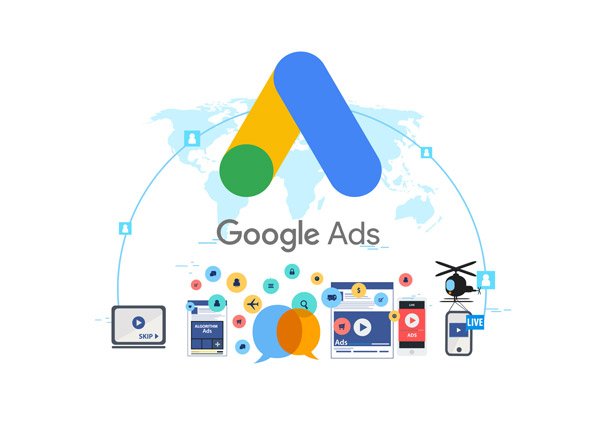
A Comprehensive Guide to Google Ads
In the expansive realm of digital marketing, Google Ads stands as a beacon, illuminating the path to targeted visibility, engagement, and conversion. Formerly known as Google AdWords, this advertising platform has become an indispensable tool for businesses and marketers seeking to connect with their audience on the world's most widely used search engine. Let's delve into the multifaceted world of Google Ads, exploring its features, strategies, and the transformative impact it has on online advertising.
1. Understanding Google Ads:Google Ads is an online advertising platform developed by Google, enabling businesses to display ads on Google's search engine and its advertising network. These ads appear when users search for specific keywords, providing a highly targeted approach to reaching potential customers.
2. Keyword Targeting:At the heart of Google Ads is keyword targeting. Advertisers bid on keywords relevant to their products or services, and when users enter those keywords in Google's search bar, the ads are triggered. Strategic keyword selection ensures ads reach individuals actively seeking specific information.
3. Ad Formats:Google Ads offers diverse ad formats catering to various business goals. From text ads that appear in search results to display ads showcasing visuals on websites and YouTube video ads, the platform provides flexibility for advertisers to choose formats that align with their objectives and target audience.
4. Cost-Per-Click (CPC) Model:Google Ads operates on a cost-per-click (CPC) model, meaning advertisers pay a fee each time a user clicks on their ad. This model allows for greater control over ad spending, as advertisers only pay for actual engagement rather than simply ad impressions.
5. Ad Rank and Quality Score:Google Ads employs an Ad Rank system that determines the position of ads on the search engine results page. Ad Rank is influenced by the bid amount, ad quality, and the expected impact of ad extensions. Quality Score, based on ad relevance, click-through rate, and landing page experience, plays a pivotal role in achieving a favorable Ad Rank.
6. Targeting Options:Google Ads provides sophisticated targeting options, allowing advertisers to narrow their audience based on factors such as location, demographics, interests, and device type. This precision targeting ensures that ads are delivered to the most relevant and receptive audience.
7. Ad Extensions:Enhancing the visibility and effectiveness of ads, Google Ads offers ad extensions that provide additional information and links. Extensions include site link extensions, callout extensions, and structured snippet extensions, allowing advertisers to provide more context and encourage user interaction.
8. Conversion Tracking:The success of Google Ads campaigns is measured through conversion tracking. By defining and tracking specific actions such as form submissions or product purchases, advertisers gain insights into the effectiveness of their campaigns, enabling data-driven optimizations.
9. Continuous Optimization:Google Ads is dynamic, and ongoing optimization is key to success. Regularly reviewing performance metrics, testing ad variations, adjusting bids, and refining targeting parameters contribute to maximizing the impact of Google Ads campaigns.
Conclusion:Google Ads isn't just a platform; it's a dynamic force reshaping the landscape of online advertising. By harnessing the power of targeted keyword advertising, diverse ad formats, and sophisticated targeting options, businesses and marketers can navigate the digital realm with precision and impact. Google Ads is more than an advertising tool; it's a gateway to reaching the right audience at the right time, unlocking unprecedented opportunities for visibility, engagement, and conversion in the vast digital landscape.
